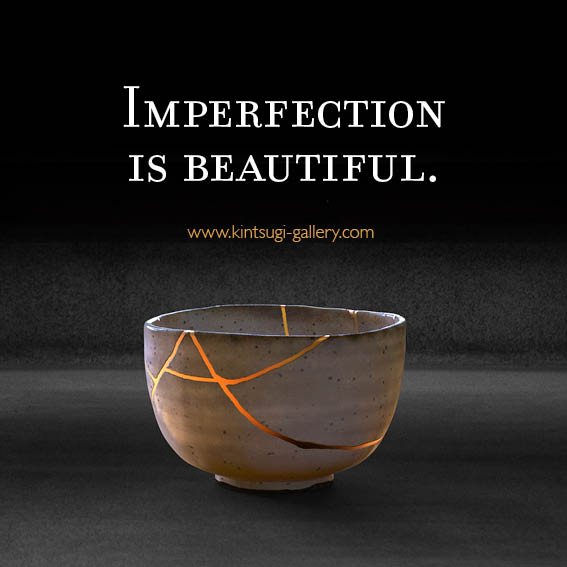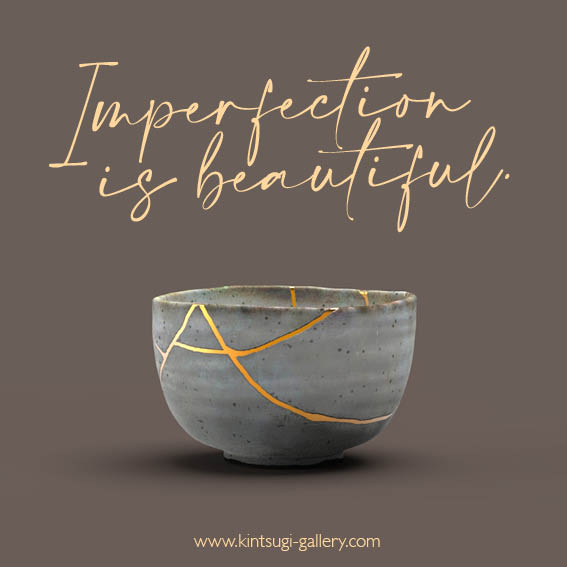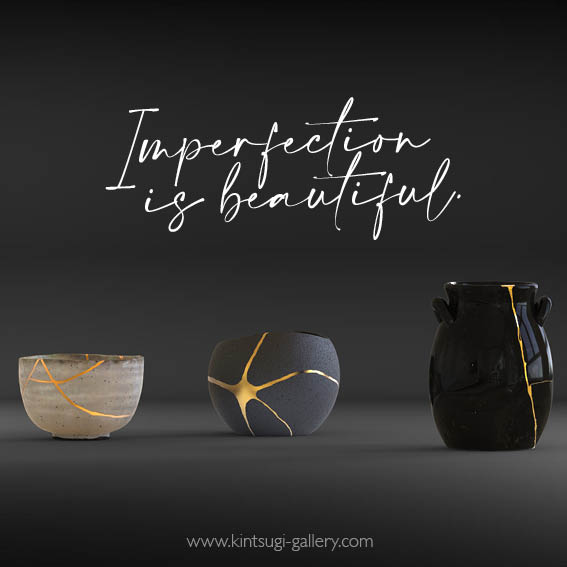Play this while you scroll on for 5 min.
If any country and it’s people ever typified resilience, Japan wholly qualifies.
Hiroshima, Nagasaki, Fukushima.
Incredible stories of destruction and suffering.
And recovery.
Kintsukuroi is a fabulous Japanese word, laced with a beautiful philosophical potency.
Per Wikipedia:
Kintsugi (Japanese: 金継ぎ, romanized: “golden joinery”), also known as kintsukuroi (金繕い, “golden repair”), is the Japanese art of repairing broken pottery by mending the areas of breakage with urushi lacquer dusted or mixed with powdered gold, silver, or platinum.
The art of Kintsukuroi and it’s metaphor oh so resonates with me.
It may well be relatable if you have a scar.
And we all develop scars throughout our lives.

I was recently gifted a kintsukuroi t-shirt, a navy garment with golden Kintsugi lines.
I shared the sentiment of the item with a small group of people who, like myself, had undergone a massive life altering Whipple surgery and chemotherapy.
And they all related 💜.
Aside from the arduous physical recovery of a pancreaticoduodenectomy, aka a Whipple, it’s a challenge to come to terms with such an invasive surgery and cancer treatment, on another level.
The loss of one’s body parts, provokes a complex range of feelings from a sense of mourning and pain, to an admiration for the marvels of modern surgery, from astonishment to self belief of human resilience and recovery.
That our bodies continue to function, with several digestive organs removed, split and spliced, to be surgically reassembled, albeit requiring a modest intake of mealtime medicine, is nothing short of incredible.
I had a laparoscopic intervention, machine surgery conducted as a Da Vinci robotic assisted surgery.
Whilst this meant my operation lasted nearly twelve hours, far longer than most, I was spared the open surgery incision and huge abdominal scar that fellow Whipplers endured.
My most notable physical scars remain the pencil diameter puncture points for drainage bags tubes that accompanied me for months afterwards, and even those are barely visible now.
Fellow patients flaunt their abdominal scars and will lovingly boast how many staples or stitches it took to patch them back up.
Yet scars are more than physical.
The Japanese believe that when something has suffered damage and has a history, it becomes more beautiful.

That’s why they repair broken objects with gold lacquer, and instead of trying to conceal defects and cracks, they accentuate and celebrate them as they have become proof of imperfection and fragility but also of resilience and of the ability to recover and become stronger.
A marvellous philosophy to beholden in this all too disposable age.
Resilience is indeed remarkable.
My friend who gifted the t-shirt knows it.
She lost a leg in a road accident during childhood.
It did not thwart her.
She became a long distance open sea swimmer.

Our scars, your scars, all, tell a story.
They nurture resilience.
We become from them.
Kintsukuroi is to heal.
Healing is life.
And life is beautiful.
